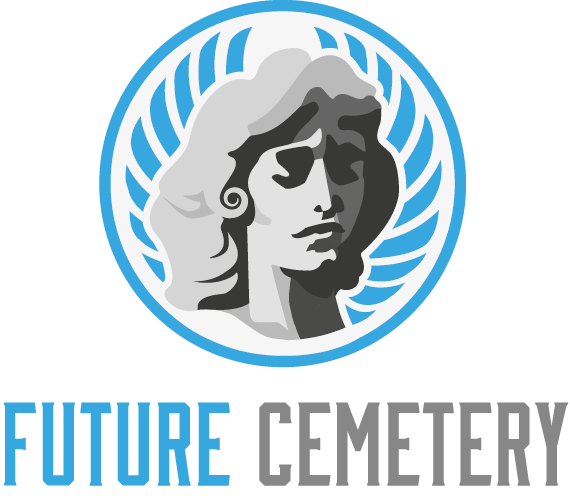A graveyard is a place where people’s mortal remains are buried. It can be found near a church. The word cemetery derives from the Latin ‘cemeterium’ and dates back to the 14th Century.
While many people use the words graveyard and cemetery interchangeably, they have a distinct difference in space, location, religion and headstone requirements.
Definition
Many people use the terms graveyard and cemetery interchangeably, but there is a distinction. Graveyard refers to the area of land that adjoins a church where burials are conducted. The word is derived from the Greek koimeterion, which means ‘sleeping place’.
Historically, church graveyards were the only places that allowed burial of the dead. As the population grew, church graveyards began to reach capacity. This necessitated the creation of new places to bury the dead, separate from churches. These new sites were called cemeteries.
Historically, church graveyards were only reserved for those who were members of the church body. However, cemetery’s don’t have that restriction and allow people of all faiths to be buried there. Additionally, cemetery’s also offer more freedom with headstone color, inscriptions, and designs than church graveyards do.
Origin
In the past, many people were buried in graveyards. It was a common practice in most cultures and a belief that ties of family last beyond death.
As population grew, church graveyards began to fill up. As a result, independent sites called cemeteries started to develop. These are not affiliated with a specific church, so non-congregants were also able to be interred there.
The term cemetery is sometimes used interchangeably with graveyard, but it’s important to note that there are subtle differences between the two. For instance, graveyards tend to be smaller and surrounded by the church grounds. They may have older tombstones and be less manicured. On the other hand, cemeteries can be much larger and are not tied to a church. They can be owned by a city or an independent company. In general, they’re often newer and more modern. They can be divided into individual plots and have a variety of headstones.
Types
There are many different types of graveyard. Some are more traditionally buried with either a single or double grave, others allow for multiple family plots, or even mausoleums. Some are private, while others are government-controlled, such as veterans’ cemeteries. Some are green burial grounds, and some are owned, operated, and controlled by the government at both the local and national levels such as VA cemeteries.
Generally, people that are buried in a graveyard will be placed in a grave, or sometimes crypt, with a headstone or monument marking their resting place. Those who are cremated may also be interred in the ground with a memorial plaque. There are also columbarium walls where urns containing the ashes can be stored, and many cemeteries have these too. The main difference between a graveyard and a cemetery is that a graveyard is usually associated with a church, while a cemetery is not. This is because churchyards were once the only location for burials.
Locations
While the words graveyard and cemetery are sometimes used interchangeably, there is a difference. Graveyards are usually associated with churches, and are located on church grounds. Cemeteries, on the other hand, are not associated with any religious institution and can be found anywhere. They are also typically larger in size, as they are not limited to the land surrounding a single church.
Historically, churches had a monopoly on burials, and as such, most of these were done in church graveyards. Because of space constraints, church graveyards often had stringent requirements regarding headstones. This was to ensure that the inscriptions lived up to church values and traditions.
While today most people choose cremation, there are still many options for burial. This includes cemetery plots, columbarium walls, and mausoleums. A licensed surveyor can help you determine which type of burial option is best for your needs. A GPR survey can help you locate the location of a graveyard so that you can pay your respects to loved ones.
